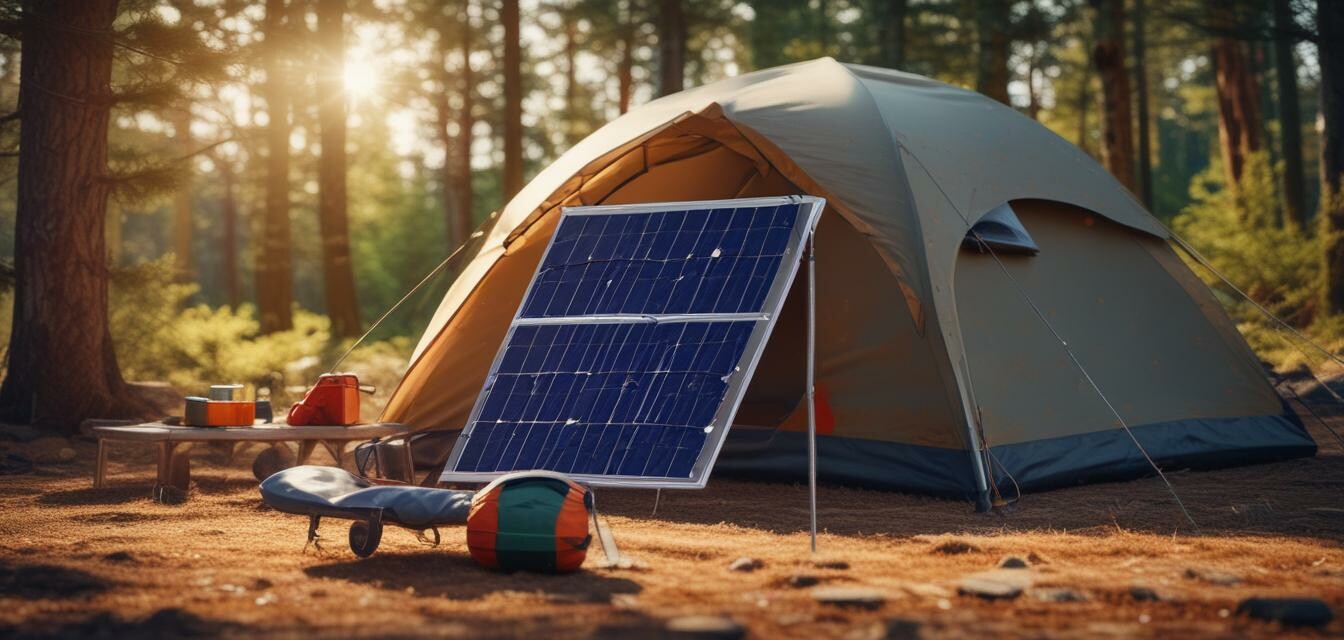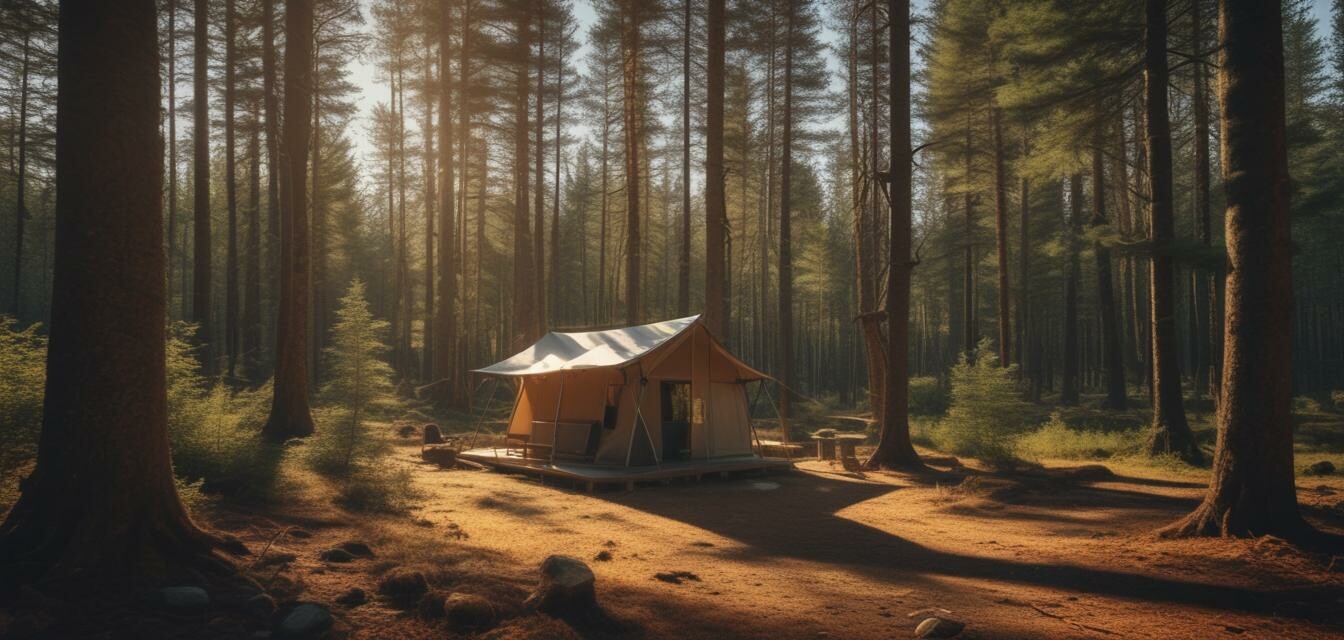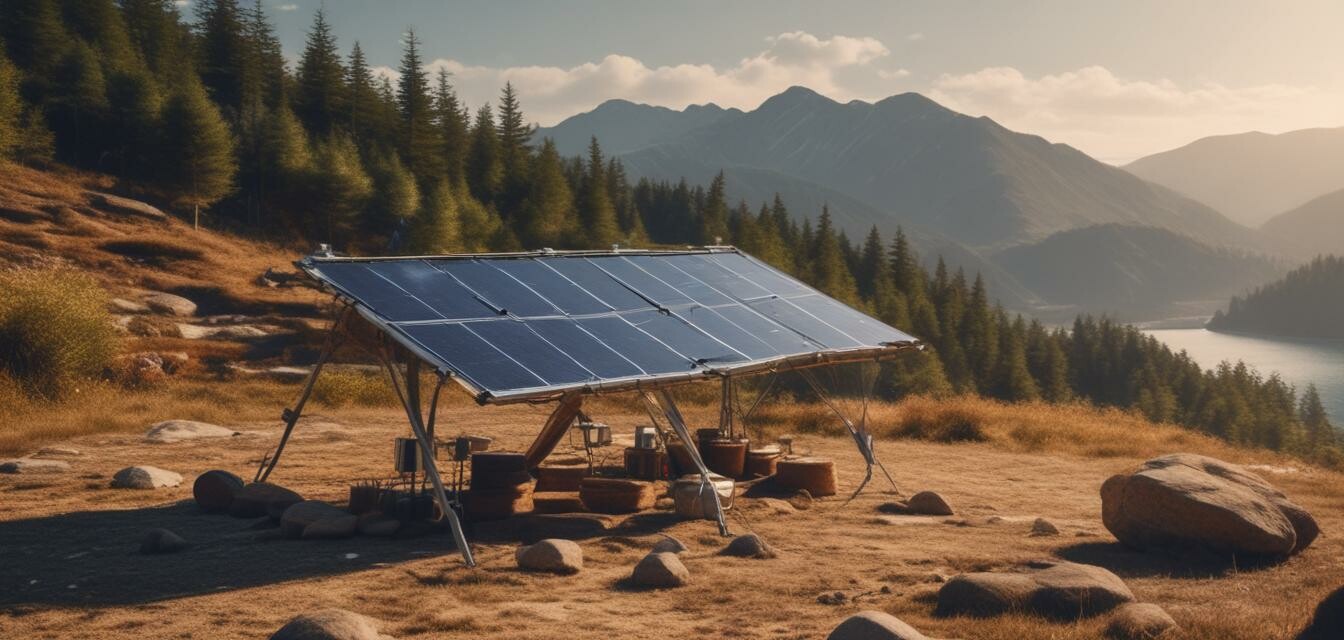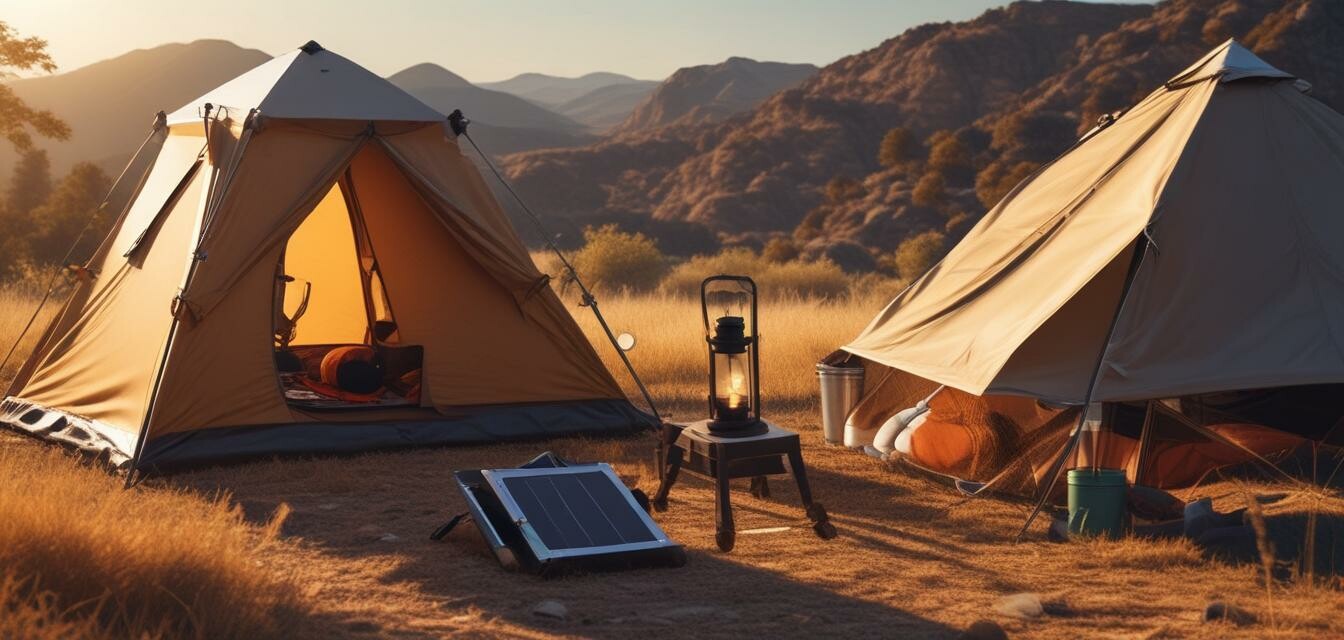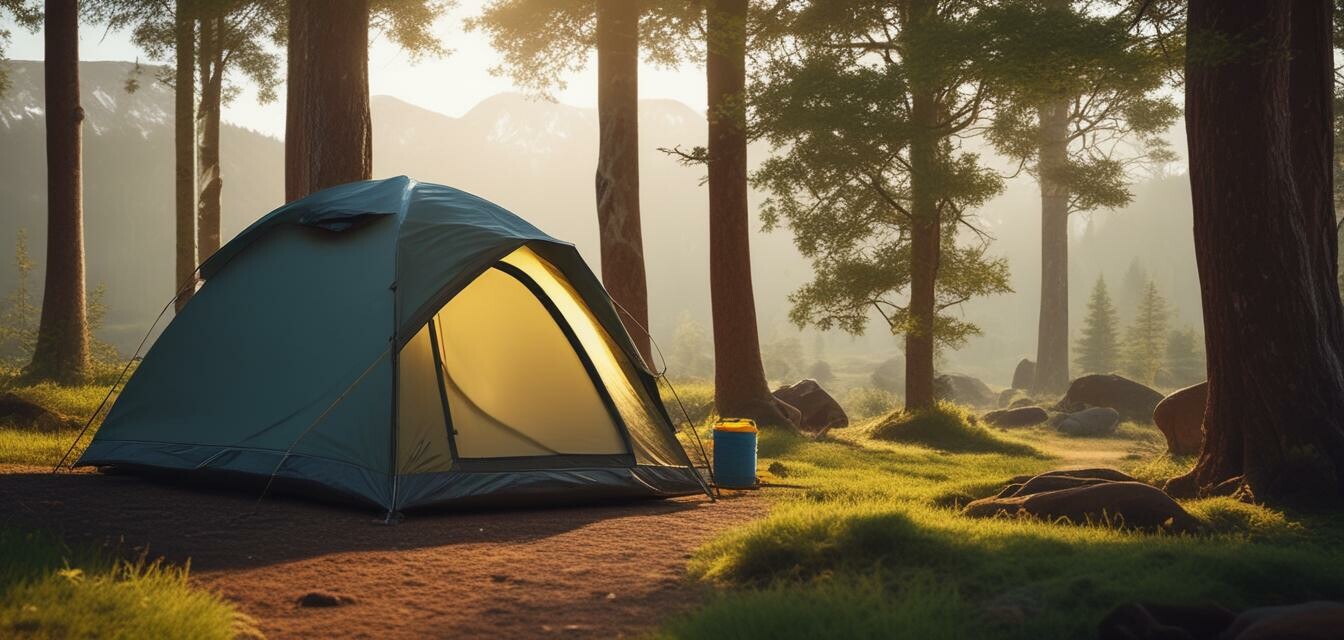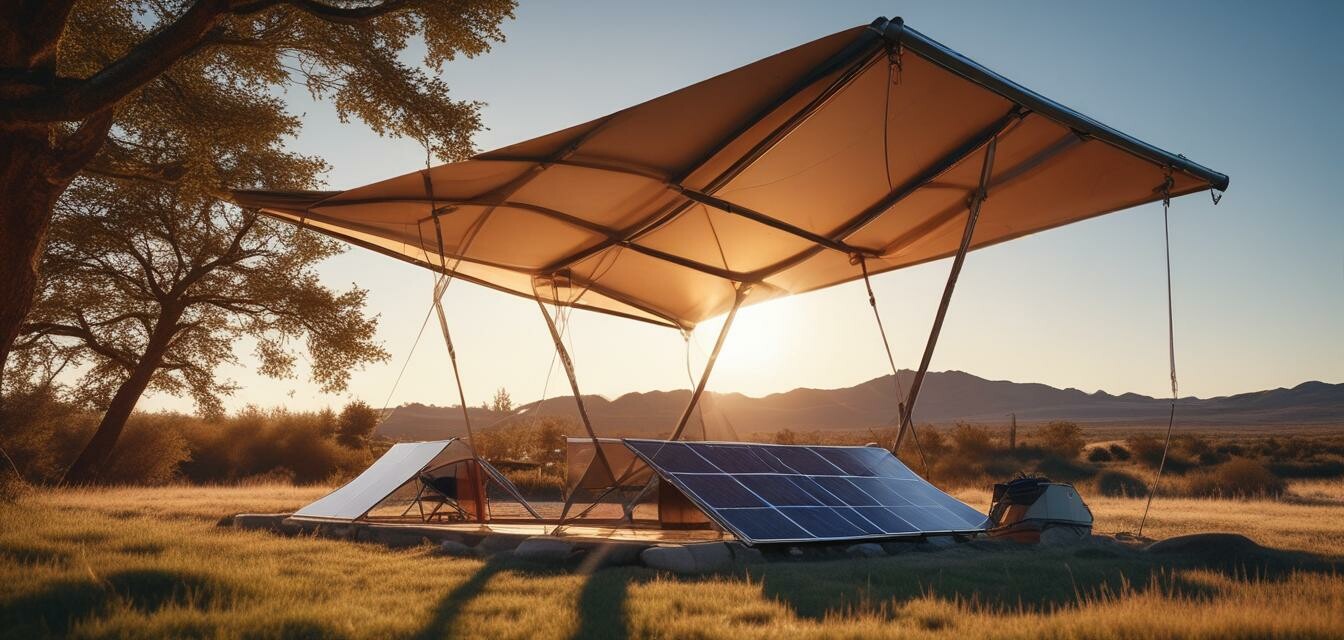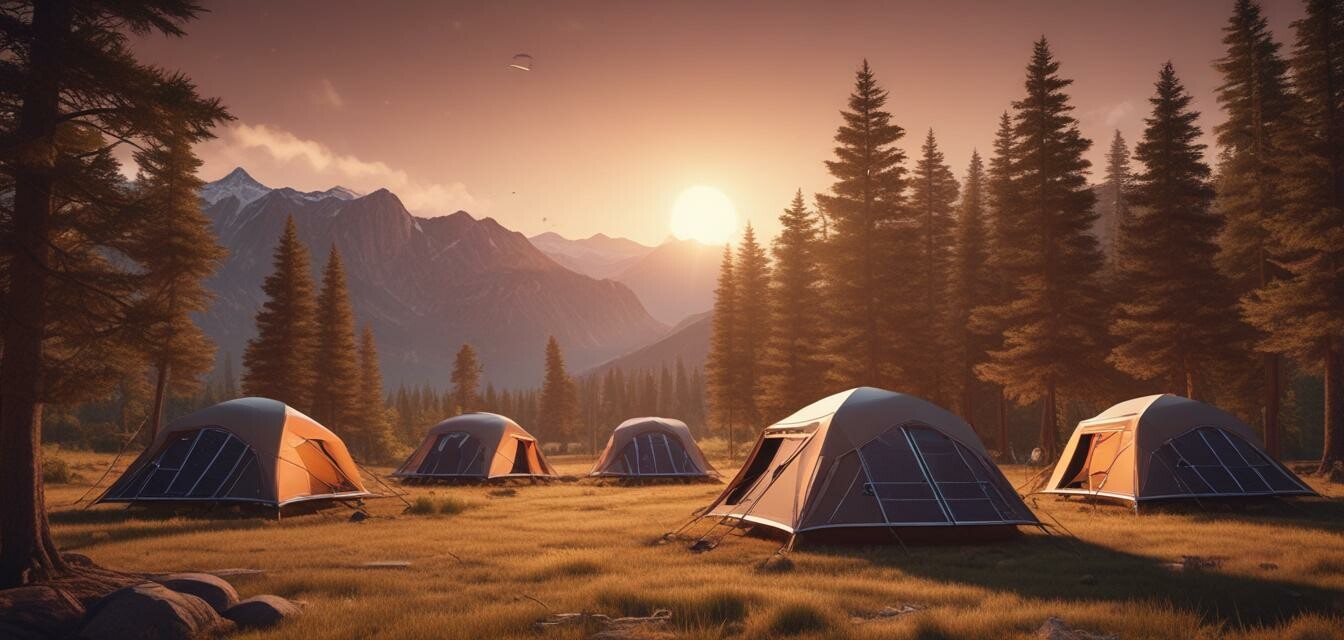
Types of Solar-Powered Camping Shelters
Are you tired of relying on traditional fuel-powered generators or batteries while camping? Look no further! Solar-powered camping shelters have revolutionized the way we camp, providing a sustainable and eco-friendly way to generate energy while enjoying the great outdoors.
Key Takeaways
- Solar-powered camping shelters come in various types, including tents, canopies, and gazebos.
- Each type of shelter has its unique features, such as energy generation, storage, and portability.
- When choosing a solar-powered shelter, consider factors like durability, waterproofing, and ease of setup.
Types of Solar-Powered Camping Shelters
There are several types of solar-powered camping shelters available, each with its unique features and benefits. Here are some of the most popular ones:
| Type of Shelter | Energy Generation | Storage Capacity | Portability |
|---|---|---|---|
| Solar Tents | Integrated solar panels on the tent's roof | Small to medium-sized batteries | Lightweight and compact |
| Solar Canopies | Detachable solar panels | Larger batteries for extended use | More spacious, but heavier |
| Solar Gazebos | Free-standing solar panels | Large-capacity batteries for heavy use | Most spacious, but bulkier |
Solar Tents
Solar tents are a popular choice among campers, offering a convenient and compact way to generate energy. These tents have integrated solar panels on the roof, which charge small to medium-sized batteries during the day. This energy can then be used to power lights, laptops, and other essential devices.

Some popular features of solar tents include:
- Waterproof and durable materials
- Easy setup and takedown
- Compact and lightweight design
Solar Canopies
Solar canopies offer more space and flexibility than solar tents, making them ideal for larger groups or families. These canopies have detachable solar panels that can be placed in the sun to generate energy, which is then stored in larger batteries.
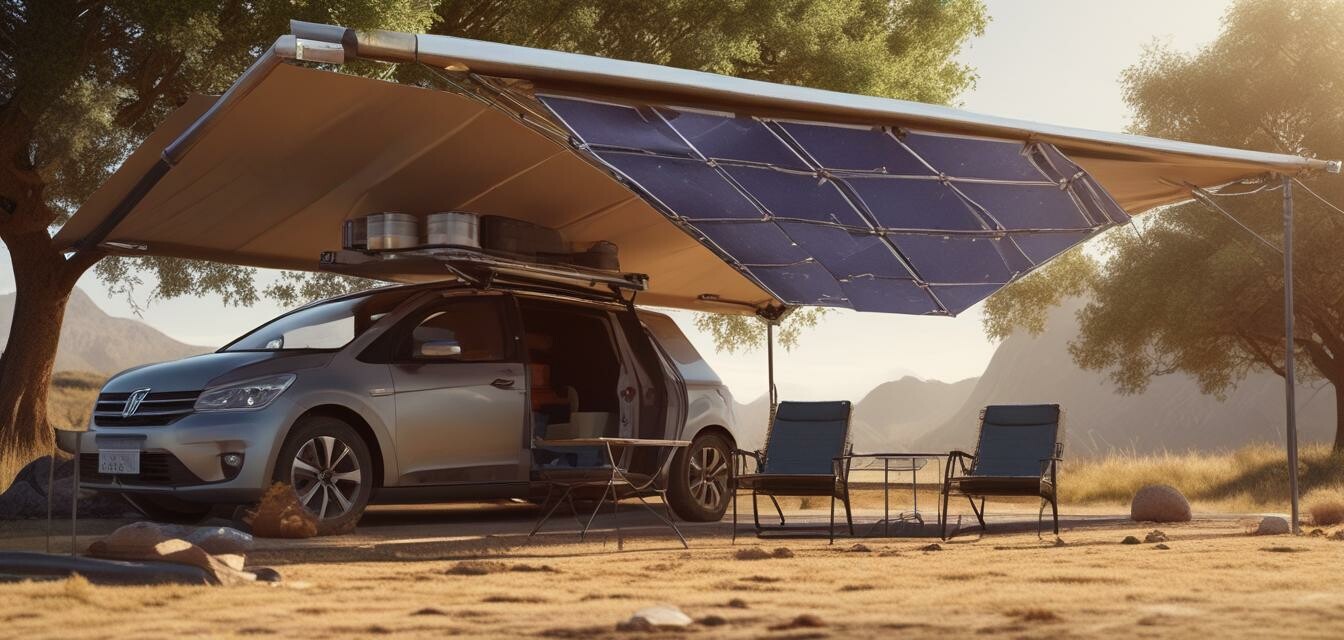
Some popular features of solar canopies include:
- Spacious interior with ample headroom
- Larger storage capacity for extended use
- Easy to set up and take down
Solar Gazebos
Solar gazebos are the largest and most spacious type of solar-powered shelter, offering a luxurious camping experience. These gazebos have free-standing solar panels that can be placed in the sun to generate energy, which is then stored in large-capacity batteries.
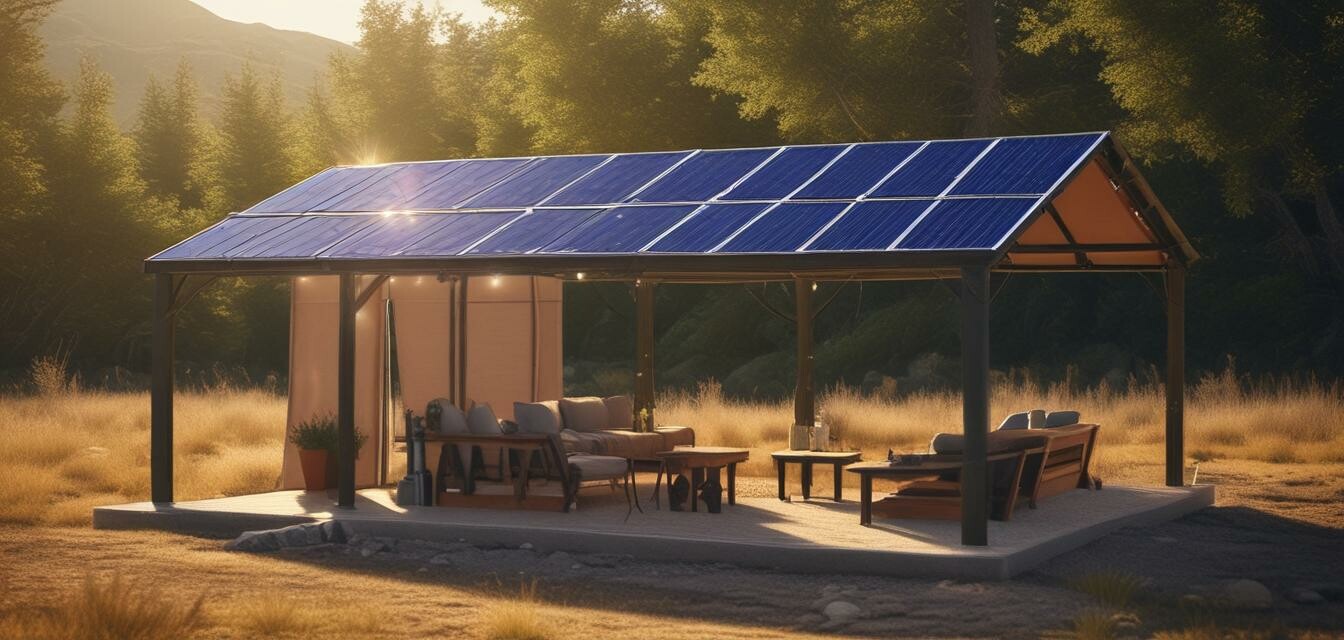
Some popular features of solar gazebos include:
- Ample interior space for larger groups
- Largest storage capacity for heavy use
- More complex setup, but still easy to assemble
Choosing the Right Solar-Powered Shelter
When choosing a solar-powered shelter, consider the following factors:
- Durability and waterproofing
- Energy generation and storage capacity
- Portability and ease of setup
- Budget and value for money
By considering these factors, you can find the perfect solar-powered shelter for your camping needs.
Conclusion
Solar-powered camping shelters have revolutionized the way we camp, providing a sustainable and eco-friendly way to generate energy. With various types of shelters available, each with its unique features and benefits, you're sure to find the perfect one for your next camping adventure.
Remember to check out our guides on portable solar panels, solar camping tents, and solar lanterns and lights to learn more about solar-powered camping gear.
Pros
- Sustainable and eco-friendly energy generation
- Convenient and compact designs
- Ample storage capacity for extended use
Cons
- Higher upfront cost compared to traditional shelters
- Dependent on sunlight for energy generation
- May require more maintenance than traditional shelters
Beginners' Tips
Here are some tips for beginners looking to start their solar-powered camping journey:
- Start with a small, portable solar panel to test the waters
- Invest in a high-quality, waterproof solar-powered shelter
- Practice setting up and taking down your shelter before heading out on a trip
